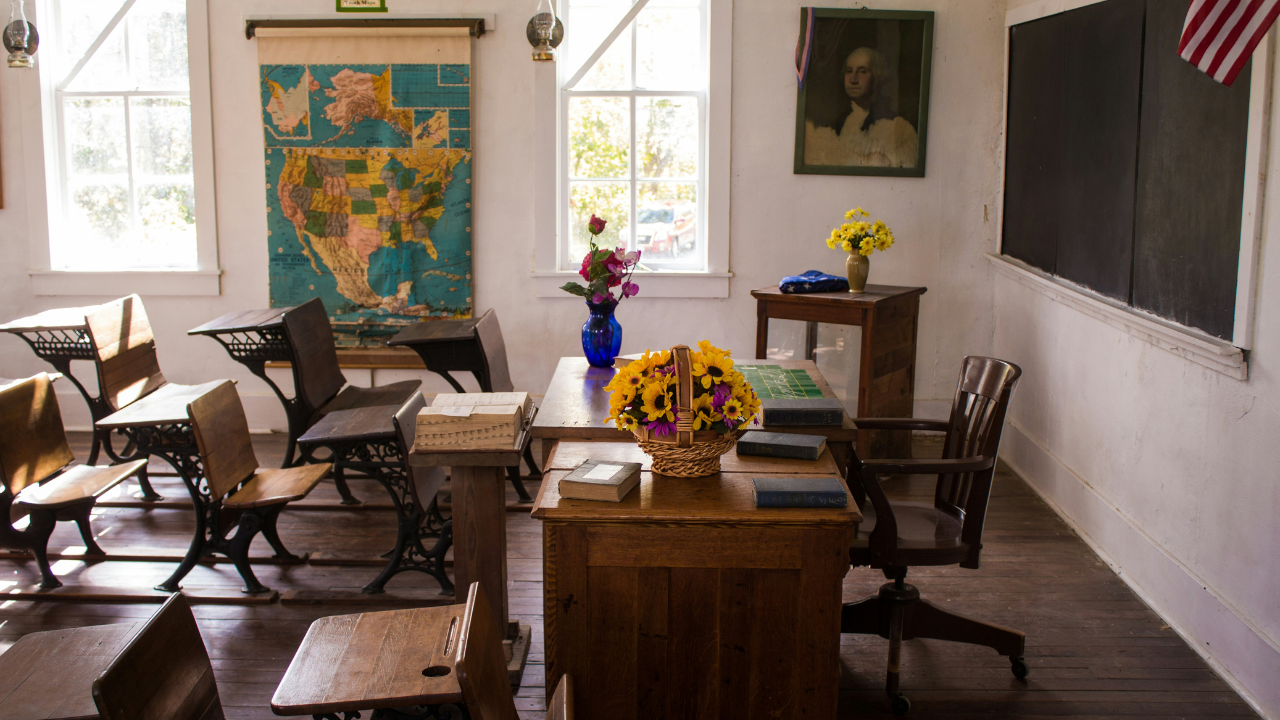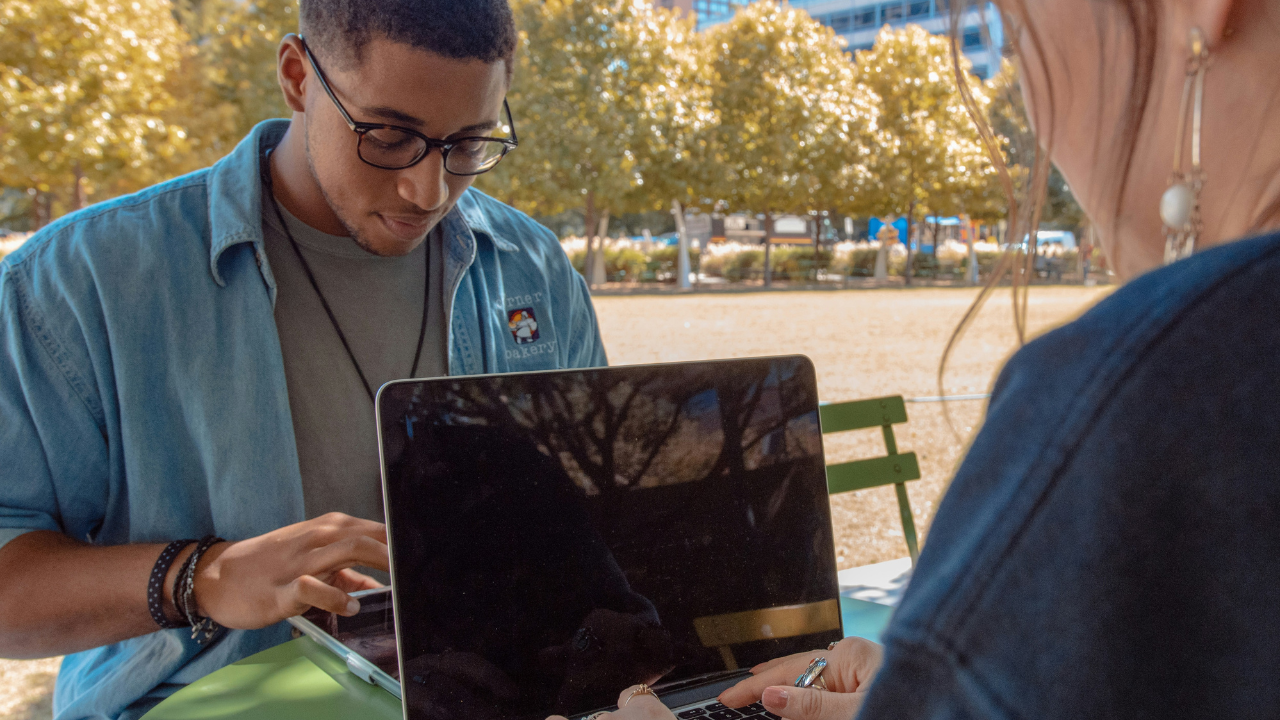The first day of school can be both exciting and nerve-wracking for students. As they step into a new classroom, they wonder about their Meet the teacher, classmates, and the year ahead. This is where the magic of connection begins. Building strong relationships in the classroom sets the stage for learning, growth, and collaboration.
As educators, we have a unique opportunity to foster an environment where every student feels valued and heard. Establishing these connections goes beyond just names on a roster; it’s about creating an atmosphere that nurtures curiosity and enthusiasm for learning. In this guide, we’ll explore practical strategies to make your “Meet the Teacher” moments powerful experiences that pave the way for meaningful interactions throughout the school year!
The Importance of Building Strong Classroom Connections
Building strong classroom connections is essential for fostering a positive learning environment. When students feel connected to their teacher and peers, they’re more likely to engage in the learning process. This sense of belonging can significantly boost self-esteem and motivation.
Strong relationships also encourage open communication. Students who trust their teachers are more willing to share ideas, ask questions, and seek help when needed. This creates a dynamic where learning flourishes.
Additionally, these connections contribute to emotional safety in the classroom. When students know they are supported and understood, they’re less likely to experience anxiety or fear of failure.
Nurturing these bonds helps create a collaborative spirit among classmates. Together, they learn not just from textbooks but from each other’s diverse experiences and perspectives—an invaluable aspect of education that extends beyond mere academics.
Creating a Welcoming and Inclusive Classroom Environment
Creating a welcoming and inclusive classroom is essential for fostering connections. When students feel safe, they are more likely to engage and participate.
Start by arranging the physical space thoughtfully. Use colorful decorations that reflect diverse cultures and backgrounds. This visual representation sends a message of acceptance right from the door.
Encourage open dialogue among students. Establish ground rules for respectful communication early in the year. Let everyone know their voice matters.
Incorporate activities that celebrate diversity. Share stories from different perspectives or have themed days where students can express their heritage through food, clothing, or art.
Be mindful of language in your classroom discussions. Use inclusive terms that make every student feel seen and valued. A small shift in wording can create an environment where all learners thrive confidently together.
Getting to Know Your Students on a Personal Level
Building connections with students goes beyond academics. Taking the time to know them personally can create a more engaging classroom.
Start by asking open-ended questions. Simple inquiries about their hobbies, favorite books, or family traditions can reveal much about their personalities. Listen actively; this shows you value their thoughts and experiences.
Incorporating activities like “getting to know you” games helps break the ice. These allow students to share fun facts in a relaxed environment.
Create opportunities for one-on-one conversations. A few minutes after class or during breaks can foster trust and openness.
Remember that every student has a unique background and story. Understanding these differences enriches your teaching approach, allowing you to tailor lessons that resonate with them on a personal level.
This connection lays the groundwork for mutual respect and collaboration throughout the school year.
Strategies for Effective Communication with Students
Effective communication with students is essential for fostering a positive learning environment. Start by using clear and simple language. Avoid jargon that may confuse them.
Active listening plays a crucial role here. Show genuine interest in what your students say. Nod, maintain eye contact, and respond thoughtfully to their ideas or concerns.
Incorporate various communication methods like visuals, discussions, and technology. This caters to different learning styles and keeps engagement high.
Encourage an open-door policy where students feel comfortable approaching you with questions or issues. Create opportunities for one-on-one interactions during office hours or casual settings.
Provide constructive feedback regularly. It helps students understand their progress while also showing that you care about their development as learners.
Encouraging Student Participation and Engagement
Encouraging student participation is vital for a dynamic classroom. When students feel involved, they learn more effectively and retain information longer.
Start by creating interactive lessons that invite questions and discussions. Use tools like polls or quizzes to keep their interest piqued.
Group activities can also foster collaboration among peers. Assign roles based on strengths to promote teamwork while making learning fun.
Incorporate technology into your teaching methods. Platforms such as Padlet or Google Classroom facilitate engagement outside traditional settings.
Recognize every contribution, no matter how small. A simple acknowledgment can boost confidence and motivate others to join in.
Create a safe space where mistakes are part of the learning process. This encourages risk-taking and deeper exploration of ideas without fear of judgment.
Dealing with Challenging Behaviors in the Classroom
Challenging behaviors can disrupt the flow of a classroom. Recognizing the root causes is essential for effective management. Many times, these behaviors stem from unmet needs or frustration.
Establishing clear expectations at the beginning of the year sets a positive tone. Consistency in enforcing rules helps students understand boundaries.
When faced with disruptions, try to address them calmly and privately. A one-on-one conversation can make all the difference in understanding their perspective.
Implementing restorative practices encourages accountability without shaming students. This approach fosters an environment where everyone feels safe to express themselves.
Building Relationships with Parents and Guardians
Building relationships with parents and guardians is vital in creating a supportive classroom environment. When educators engage families, they foster collaboration that enhances student success.
First, open the lines of communication. Regular updates through newsletters or emails keep parents informed about classroom activities and expectations. It builds trust when they know what’s happening.
Consider hosting informal gatherings or virtual meetings. These events allow for personal connections to flourish outside traditional settings. Parents appreciate opportunities to ask questions and share insights.
Encourage parental involvement by inviting them into the classroom as volunteers or guest speakers. Their participation creates a sense of community and strengthens ties between home and school.
Celebrate milestones together, whether it’s academic achievements or school events. A simple acknowledgment can deepen your relationship with families while demonstrating that you genuinely care about their child’s journey.
Conclusion:
Building strong classroom connections is essential for fostering a positive learning environment. When students feel connected to their teacher, they are more likely to engage in the learning process.
Strong relationships create a sense of belonging. This encourages students to express themselves and take risks in their academic journey. The classroom becomes a safe space where ideas can flourish and creativity thrives.
Moreover, effective communication plays a crucial role in these connections. Teachers who actively listen and understand their students’ needs build trust that enhances the educational experience.
Engagement goes hand-in-hand with connection. When students participate actively, they develop critical thinking skills that extend beyond the classroom walls.
Addressing challenging behaviors through understanding rather than punishment also strengthens these bonds. It shows students that educators care about their well-being and success.
Involving parents and guardians creates an extended support network for each student. Collaborative efforts between home and school reinforce the importance of education within families.
The power of connection transforms classrooms into vibrant communities where every learner feels valued. By prioritizing relationships among teachers, students, and families, we pave the way for meaningful educational experiences that last a lifetime.











